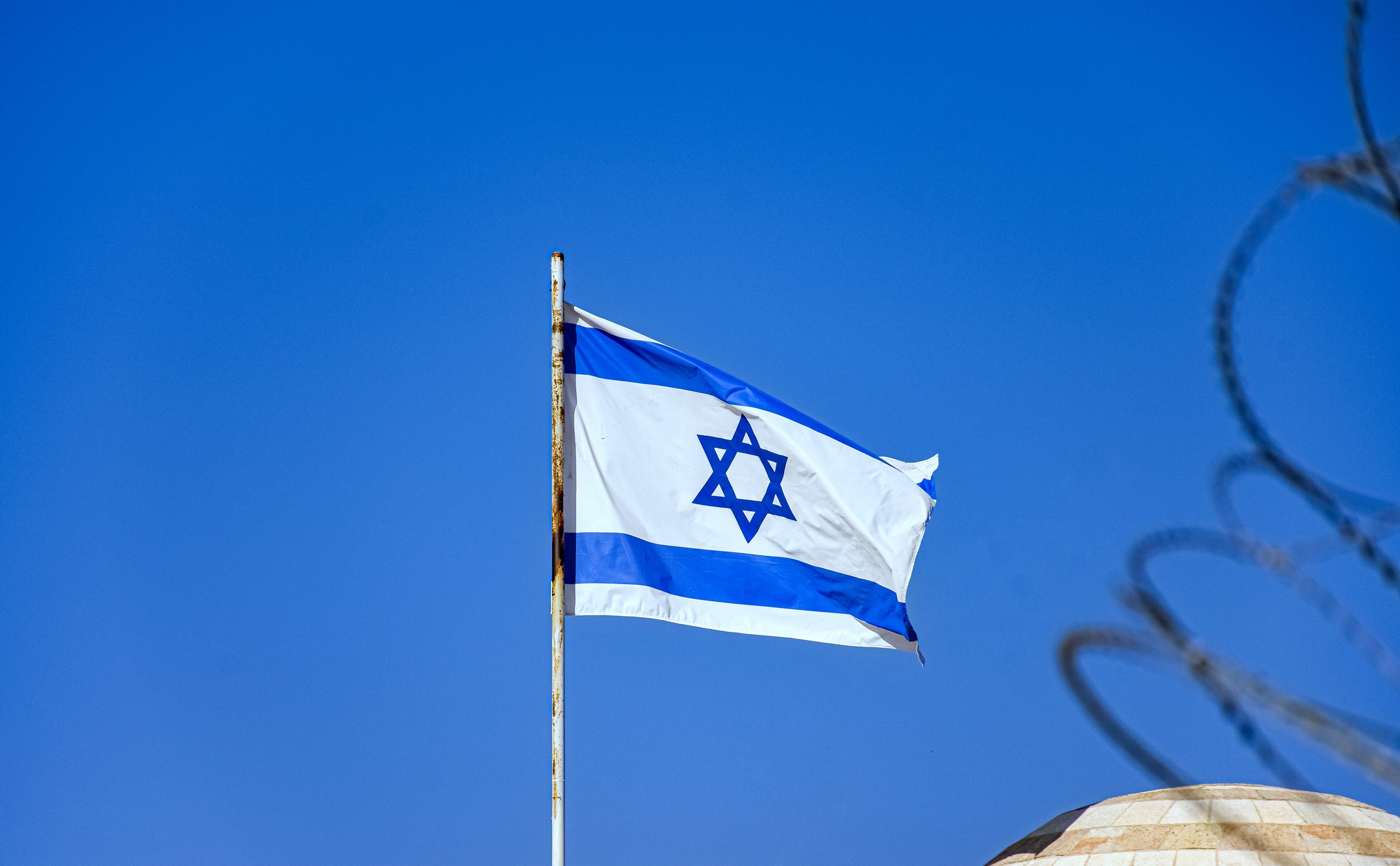War in the Middle East
by Mike James
On the Last Great Day Palestinian Hamas forces struck Israel with a devastating terrorist attack. Over 1,300 Israelis lost their lives during this surprise attack. Indications are a wider war will now ensue between Israel and Hamas. Israel has pounded sites in Gaza over the past week killing even more Palestinians. As with any war, what this will lead to is anyone’s guess. But let us take a closer look at what we can learn from the latest significant flare up in the Middle East.
Since the inception of Israel as a nation in 1948, they have been in conflicts with several of their Arab neighbors and the Palestinians. In the 1967 Six-Day War, Israel took over the Gaza Strip from Egypt and the West Bank from Jordan, which were not a part of Israel when they became a nation in 1948. The Palestinians occupied these two territories.
After Israel took over the Gaza Strip, they built 21 Jewish settlements in that period. In 1993, the Oslo accords between Israel and the Palestine Liberation Organization (PLO) aimed at giving the Palestinian people the right to self-determination. The PLO is an umbrella organization of Palestinians working for Palestinian autonomy. In 1994, Palestinians took control as the governmental authority of Gaza. Part of this push for peace involved Israel disengaging and dismantling Israeli settlements from the Gaza Strip under a 2003 plan from then Israeli Prime Minister Ariel Sharon.
In 2005, Israel gave up control of the Gaza Strip under internal and external pressure, withdrawing 9,000 Israeli settlers and military forces from the Gaza Strip. Hamas was one of two major Palestinian political parties that came to power after an election in 2006. The other party, the Palestinian Authority (PA), is an agency of the Palestine Liberation Organization (PLO) and has significant control in the West Bank.
The PA is primarily composed of Fatah (Palestinian political party) members and accepts the right of Israel to exist. Hamas and the Palestinian Islamic Jihad (smaller less political faction) do not accept Israel’s right to exist and have committed many terrorist attacks against Israel over the years.
Despite giving up control of the Gaza Strip, Israel has kept a land, air, and sea blockade on Gaza since 2007. This has caused problems for Palestinians. The United Nations said in 2009 that the blockade from both Israel and Egypt had been “devastating livelihoods” and causing gradual “de-development” in Gaza. Israel argues that the blockade has served to keep control of Gaza’s border, prevent Hamas from getting stronger, and protect Israelis from Palestinian rocket attacks.
The initial stages of this new conflict have inflicted losses on the Israeli civilian population in a way that Israel has never experienced before. In only three days, more Jewish people were killed than at any other time since the Holocaust. During the first Palestinian uprising (intifada), from 1987-1994, about 200 Israelis were killed. In the second Palestinian uprising, from 2000-2005, about 1,000 Israelis died.
Any time we see conflict in and around the nation of Israel, some people express concern that it might be a sign of the soon return of Christ. Reading the Bible carefully should make it clear what is happening now is not a sign of the imminent return of Christ.
Let me explain why. Based on Luke 21:20, some believe one of the signs of the imminent return of Christ will be when Jerusalem is surrounded by armies. There are no indications that any other nations are going to go against the nation of Israel currently. Hamas does not even have a conventional army. Matthew 24:15 also mentions another sign before Christ’s imminent return—an abomination of desolation in the holy place. Some believe this refers to a future temple in Jerusalem (which does not yet exist) that will be desecrated in some way.
Daniel 12:1 also makes it clear the time of the end will be more distressed than any other time in history. The problems in the world today don’t compare to the distress of World War II. Daniel 11:40 also tells us there will be a battle between a “King of the North” and a “King of the South.” Nobody can definitively identify anyone fitting those individuals at this point. Nor do we see God’s two witnesses (Revelation 11) or the Beast power on the scene yet (Revelation 13).
But if this recent conflict is not a sign of the end, how could it be a precursor that aligns things toward the end times? Hamas struck at Israel at this time for a variety of reasons. One may have been due to recent internal squabbles in the Israeli government. Saudi Arabia was rumored to be ready to sign a peace deal with Israel as other Arab nations have over the past ten years. As more Arab nations make peace with Israel, the Palestinians might feel desperate. This is due in part to the inability of Palestinians and the nation of Israel to reach a peace agreement. If Hamas is destroyed by Israel, perhaps a final peace agreement can be brokered between the PA and the Israelis since the PA is a bit more moderate than Hamas.
But let us not forget that, if a peace deal is brokered, that may be when we really need to be watchful. First Thessalonians 5:3-4 tells us to be wary when people think there is peace and safety. This might be another sign of the imminent return of Christ.
But another scenario is that pressure might build for the PA to enter the fight against Israel if Israel overplays their hand in the Gaza Strip. Could Hezbollah enter the fray from Lebanon and cause Israel to have to open a multi-front war? Hezbollah is an Iranian backed Shiite militia based in Lebanon. In 2006, Israel battled with Hezbollah until a negotiated settlement ended the conflict. Analysts were surprised by Hezbollah’s enhanced ability to fight based on their performance in a previous conflict with Israel back in the 1980s. As I said earlier, when war starts no one can be sure how it will end.
But what we can be sure of is all conflicts in this world will not end until Christ returns to set up His kingdom on earth. Let us pray that day comes sooner rather than later.
Sources: “First Intifada,” Wikipedia, https://en.wikipedia.org/wiki/First_Intifada#:~:text=B'Tselem%20calculated%20179%20Israelis,males%20older%20than%2016%20years.
“Second Intifida,” Wikipedia, https://en.wikipedia.org/wiki/Second_Intifada
“The Gaza Strip and It’s History, Explained,” by Timothy Bella, The Washington Post, October 10, 2023.
“List of Wars Involving Israel,” Wikipedia, https://en.wikipedia.org/wiki/List_of_wars_involving_Israel.
“Hamas, Fatah, Islamic Jihad, PLO and Palestinian Authority: A Brief Introduction to Major Political Players in Palestine,” by Alind Chauhan, The Indian Express, October 11, 2023

